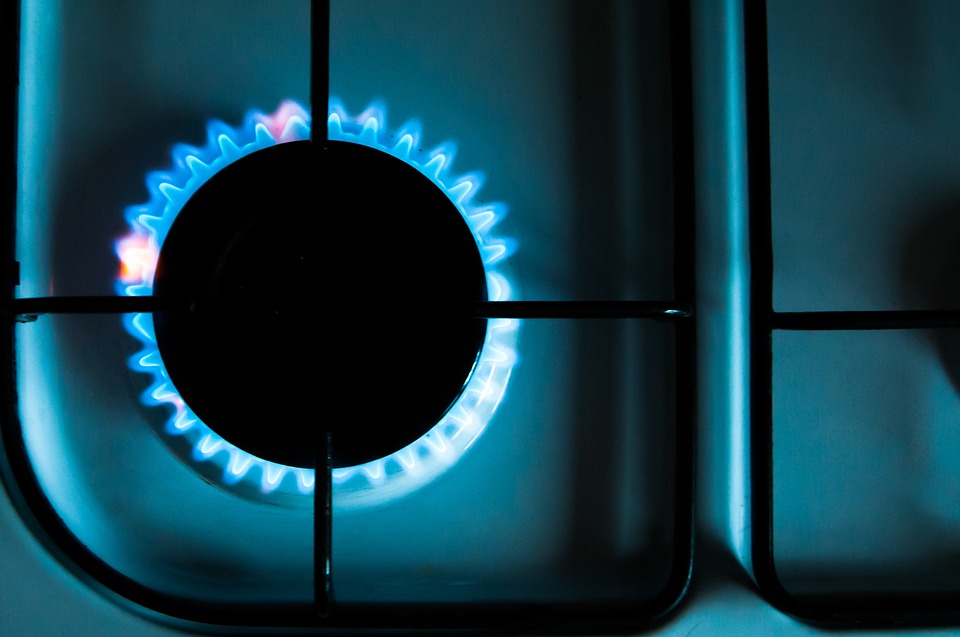Buying a new stove is a long-lasting and pricey decision to make. It’s important, therefore, to make sure that you’re fully informed on the different types and their advantages and disadvantages. This guide outlines these to help you understand your own requirements before thinking about handing over any money.
Gas Stoves
Instead of burning wood, gas stoves burn propane or natural gas to produce heat. This means they emit less pollution and are generally more convenient to use on account of both the minimal mess produced and the fuel required. Their core advantage is that they allow instant control of heat output because they rely on flame intensity, whereas electric stoves change temperature more gradually and the heat produced by wood-burning stoves is largely constant. However, they do have more maintenance requirements and they require good ventilation unless you want a greasy kitchen.
Electric Stoves
Electric heaters are increasingly common in modern kitchens but it’s important to understand their advantages and disadvantages when buying them. First off, they can be dangerous around small children because, unless it uses some form of a visual indicator, there’s no way of knowing that the stovetop is hot once it’s been switched off. Even with visual indicators, these should be avoided if you have children. They also don’t work in power cuts and generally they cook food at a slower pace than gas stoves. That being said, they’re less expensive and more convenient to install, much easier to clean, and they don’t heat the kitchen up as much.
Wood Burning Stoves
Apart from the fact that they produce proper flames (which satisfies humans’ innate attraction to fire!) wood-burning stoves burn very efficiently as they leave little ash behind. They’re also good for the environment as burning wood emits less of the harmful emissions produced when coal or gas is burned. Plus, the fuel itself is relatively cheap and these stoves can contribute to your house’s aesthetics more easily than electric or gas stoves. Yet, they do require more maintenance than other options because ash must be removed and they need to be cleaned more regularly. You should also check that you don’t live in a smoke controlled area.
Multi-Fuel Stoves
Multi-fuel stove options are very similar to wood-burning stoves, only that they can be used with coal as well as wood. This is advantageous because wood fires don’t stay alight for long periods of time and it reduces a reliance on wood which can be difficult to acquire depending on the current season and your location. On the other hand, burning coal is worse for the environment and the long-lasting embers created by white coal are more of a fire hazard than those produced by wood. Plus, burning coal produces more dust and sulphur than wood.
This guide has outlined the advantages and disadvantages of using different types of stoves to help you understand your requirements and, ultimately, to make a more informed decision.
Whether you’re after a traditional, aesthetically pleasing wood burning stove or you’d prefer the convenience of an electric stove, Fireplace Superstore will have the right option for you. If you have any further questions, or would like to know more about our other services, from buying an outside heater to installing a fireplace or a back panel, don’t hesitate to get in touch with us by calling 0161 488 4991 today!


